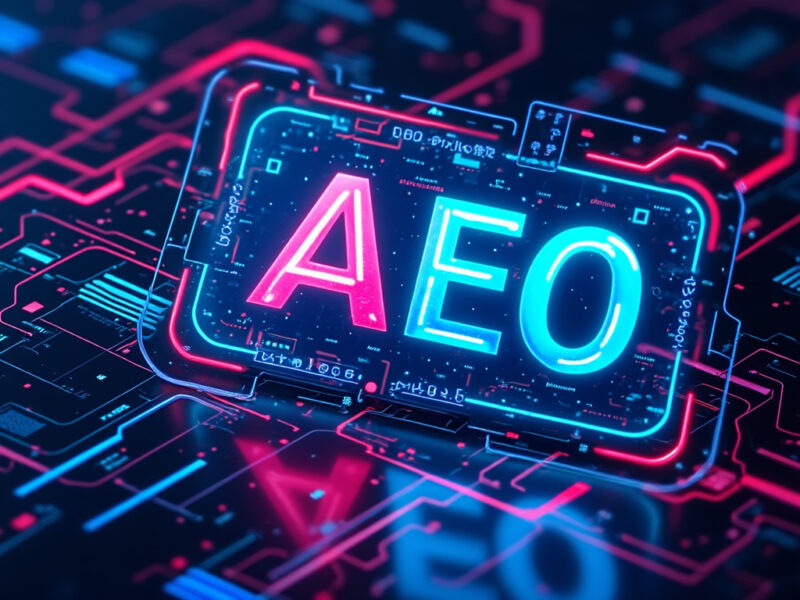
To ensure that specialized legal fields like maritime law, intellectual property, and international trade regulations can leverage AEO for Legal Professionals effectively, the content needs to be structured for AI systems while addressing the complexity of the topics. Here’s how AEO principles can be applied to these legal niches:
1. Enhancing Accessibility in Specialized Legal Fields
AEO Strategies:
- Clear and Direct Answers: Craft responses to frequent legal queries with precise language, ensuring answers are concise and factually accurate. For example, when explaining “international trade tariffs,” offer both the definition and a real-world example.
- Use of Structured Data: Implement FAQ, How-To, and Speakable schema to guide AI in recognizing the context and purpose of the content.
- Content Length and Readability: Each article or FAQ entry should aim for at least 1000–2000 words, breaking down legal jargon into manageable, plain-language explanations.
2. Bridging the Gap Between Legal Jargon and User-Friendly Content
Techniques for Simplification:
- User Intent Analysis: Identify common user questions like “What are maritime liens?” or “How is AI impacting patent law?” using tools like Google’s “People Also Ask” or AnswerThePublic.
- Conversational Tone: Address users conversationally, mirroring their natural language queries to align with how they might phrase questions in voice or text search.
- Visual Aids and Multimedia: Use diagrams, flowcharts, or short videos to simplify legal concepts such as contract enforcement or arbitration processes.
3. Addressing the Risk of AI-Generated Inaccuracies
Mitigation Steps:
- Human Oversight: Regularly audit AI-sourced responses for accuracy by involving domain experts.
- Citations and References: Provide links to authoritative sources or legal statutes to back up claims, increasing trustworthiness and helping AI systems prioritize your content.
- Version Control: Maintain an updated content repository to reflect changes in regulations or interpretations.
4. Implementing AEO in Specialized Legal Content
Optimized Content Creation:
- Research Common Queries: Use tools like SEMrush and NLP platforms to gather data on queries such as “How to register a ship under international law?” or “What is the Madrid Protocol in IP?”.
- Headings and Subheadings: Utilize H1, H2, and H3 tags to break down complex topics into readable sections. Ensure headings reflect user queries directly.
- FAQ Integration: Include 5–6 FAQs per article using schema to increase visibility in AI-generated snippets.
Technical Optimization:
- Metadata Enrichment: Include focus keywords in the title, meta description, and slug while using secondary keywords like “IP law AI implications” or “maritime regulation compliance”.
- Schema and Rich Snippets: Use schemas to emphasize authority and aid in AI content extraction.
Example of AEO Application
For Maritime Law:
- Query: “What are maritime liens?”
- Answer Box Optimization: “A maritime lien is a claim against a ship for debts related to the ship. It often arises from unpaid crew wages, damages, or supplies.”
- Expanded Content: Provide detailed examples, legal precedents, and international variations using bullet points and examples.
For IP in Emerging Technologies:
- Query: “How does blockchain affect IP protection?”
- Direct Answer: “Blockchain enhances IP protection by offering immutable proof of creation and ownership.”
- Details: Discuss smart contracts, case studies, and jurisdiction-specific challenges in structured subheadings.
To Conclude
By integrating these AEO strategies into content creation and structuring, specialized legal fields can improve their visibility in AI-driven searches while ensuring accessibility and engagement for diverse audiences. The transition from traditional SEO to AEO ensures content remains authoritative and aligned with modern search behaviors.
Answer Engine Optimization (AEO) for Specialized Legal Fields FAQs
1. General AEO for Legal Fields FAQs
Detailed explanation of how AEO aligns with AI systems to provide accurate answers while overcoming traditional SEO limitations.
Comparison of metrics, goals, and implementation strategies for AI-driven versus search engine-focused optimization.
Steps to integrate ongoing updates and schema markup for jurisdiction-specific compliance.
2. Maritime Law AEO for Legal Fields FAQs
Recommendations on schemas like FAQ, How-To, and LegalService to address specific maritime law questions.
Examples include “How to register a vessel internationally?” or “What are the penalties for non-compliance with IMO regulations?”
Insights into using flowcharts or timelines for processes like arbitration or environmental compliance.
3. Intellectual Property in Emerging Technologies AEO for Legal Fields FAQs
Explanation of how AI prioritizes content with structured data and relevance, critical for dynamic tech fields like AI and blockchain.
Discussion of how conversational queries about patents, copyrights, or blockchain applications are addressed by AEO.
Overview of strategies like human oversight and citations to trusted legal resources.
4. International Trade Regulations AEO for Legal Fields FAQs
Description of enhanced clarity, trust, and accessibility for AI-driven tools used by businesses and regulators.
Specific examples of schema types like LegalService and FAQ to highlight regulatory details.
Steps to integrate authoritative data sources and structured FAQs for precise AI responses.
To explore more about transitioning from SEO to AEO and ensuring AI recognition in today’s digital landscape, check out this insightful article: From SEO to AEO: Ensuring AI Recognition in a Post-Search World.

Comments